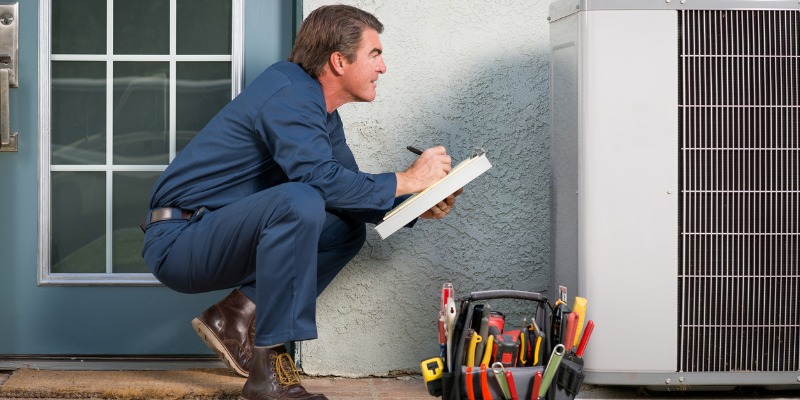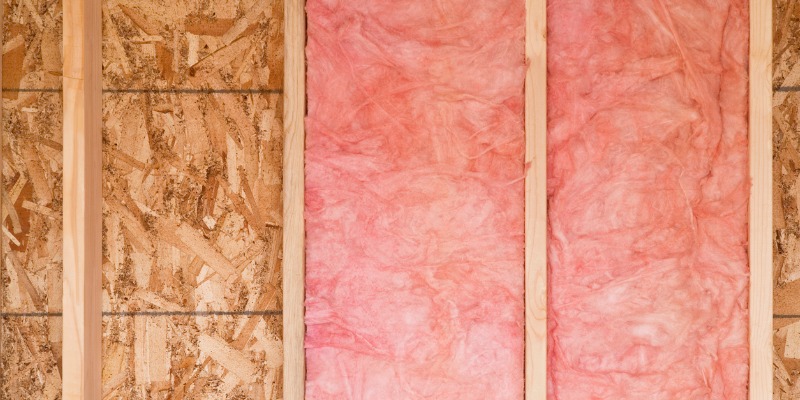
Your HVAC system is a must to keep your family comfortable in the Canadian climate. However, it can also be a major drain on energy. Whether you are in the market for a new HVAC system or are wondering how much energy your current system is using, here we share five ways to measure your home’s HVAC efficiency.
1. SEER
All HVAC systems are given an efficiency rating. The rating tells you the amount of electricity the system needs to cool and heat your home. The government uses two measurements:
I. Seasonal Energy Efficiency Ratio (SEER)
II. Energy Efficiency Ratio (EER)
SEER is very important as it shows you the cooling output of a system divided by its overall power consumption during the cooling season. The higher your system’s rating, the more efficient it is. You are looking at a range from 13 to 25 SEER. You not only have a more efficient unit with a higher SEER rating but will also see more savings on your energy bills.
2. EER
EER is similar to SEER with one main difference – it measures the “instantaneous” efficiency of your unit as opposed to how efficient it is during the cooling season. As with SEER you want a high rating for EER.
3. ENERGY STAR®
The ENERGY STAR symbol is another way to help measure your HVAC’s efficiency. This label indicates your unit is one of the best energy-efficient HVAC systems. These systems use 30 to 40 percent less energy compared to older units installed about a decade ago.
4. Assess Your Insulation
This is a little less “tangible” in terms of an actual measurement. However, your HVAC’s energy efficiency is affected by factors such as insulation. This is not only the insulation in your walls, roof, and basement but also the use of proper tape to seal your HVAC ducts.
Are you looking for help in measuring your home’s HVAC efficiency? Our team at Lambton ClimateCare would be more than happy to provide our expertise. Give us a call today.

5. Calculate Savings
If you are considering a new HVAC unit, a simple trick used by HVAC professionals to calculate potential savings on new units is to multiply the unit’s annual EnerGuide rating (in kWh) by the local electricity cost (in $/kWh). If you don’t know your local electricity cost, you can contact your hydro provider or look at your bill. You can also use online HVAC efficiency calculators.
Don’t Forget Maintenance
While these tips will help measure your home’s HVAC efficiency, maintaining your system can help improve your energy savings. Your regular HVAC maintenance schedule can lead to a further reduction in your heating and cooling bill by 5% to 10%. Better yet it can improve the life of your system. Follow these tips:
- Schedule regular preventative checkups for an AC check in the spring and a heating check in the fall with your professional HVAC technician
- Clean or replace filters monthly during peak heating and cooling season
- Have your HVAC technician check for signs of duct leaks due to improper use of HVAC tape
- Keep the area clear around your outdoor air conditioners/heat pumps including weeds and debris such as leaves and twigs to improve circulation
These tips will improve the function of your system.
Further Energy Efficiency Tips
Setting your system to the ideal temperature of 25.5°C when home in the summer and 28°C when no one is home will help you save energy. In the winter, set your thermostat to 17-19° C for sleep or when you are not home, and between 20-22° C if you are home during the day.
These tips will help keep track of your HVAC’s efficiency while helping improve HVAC efficiency. For more information on HVAC efficiency, contact our experts today.







